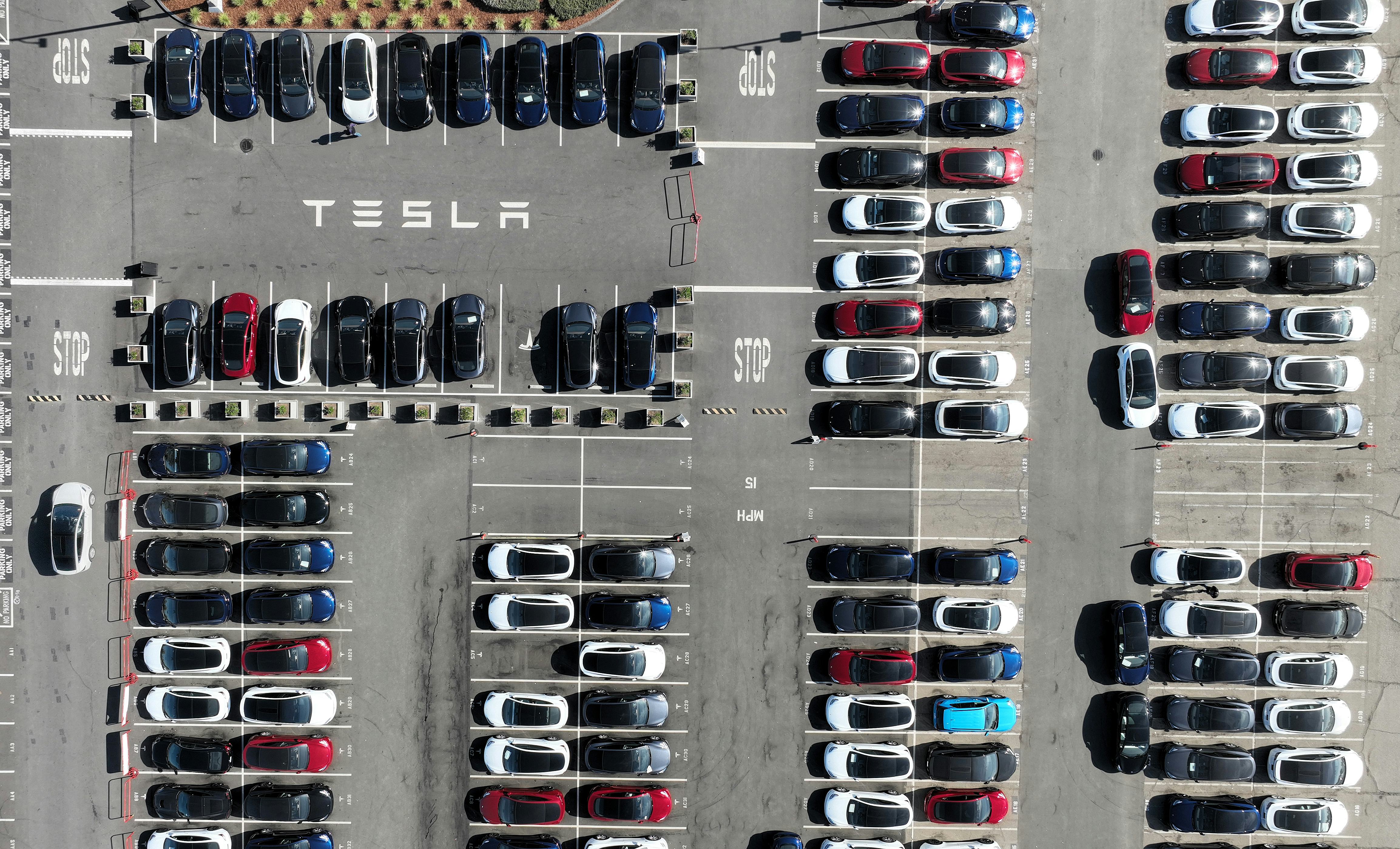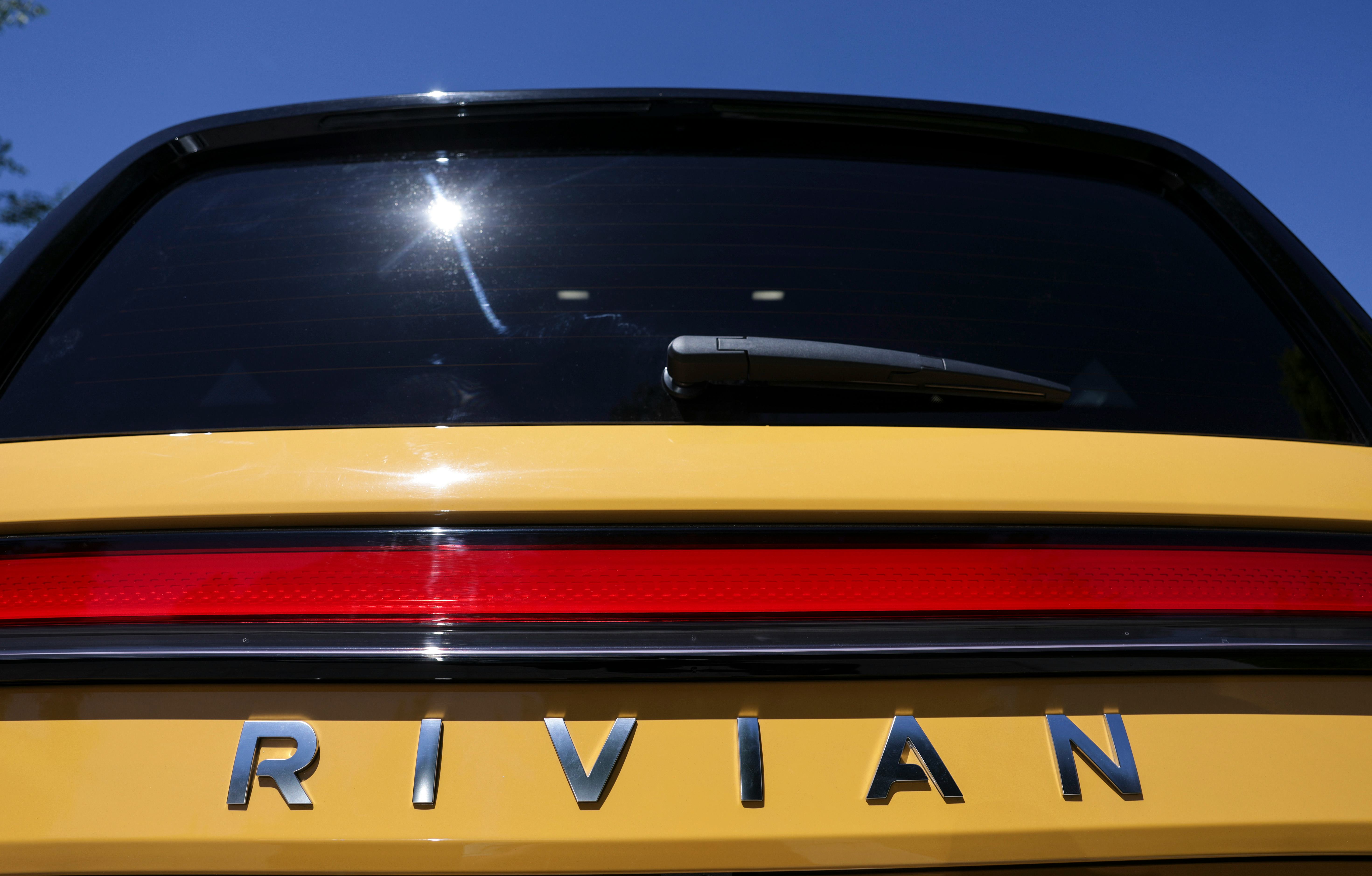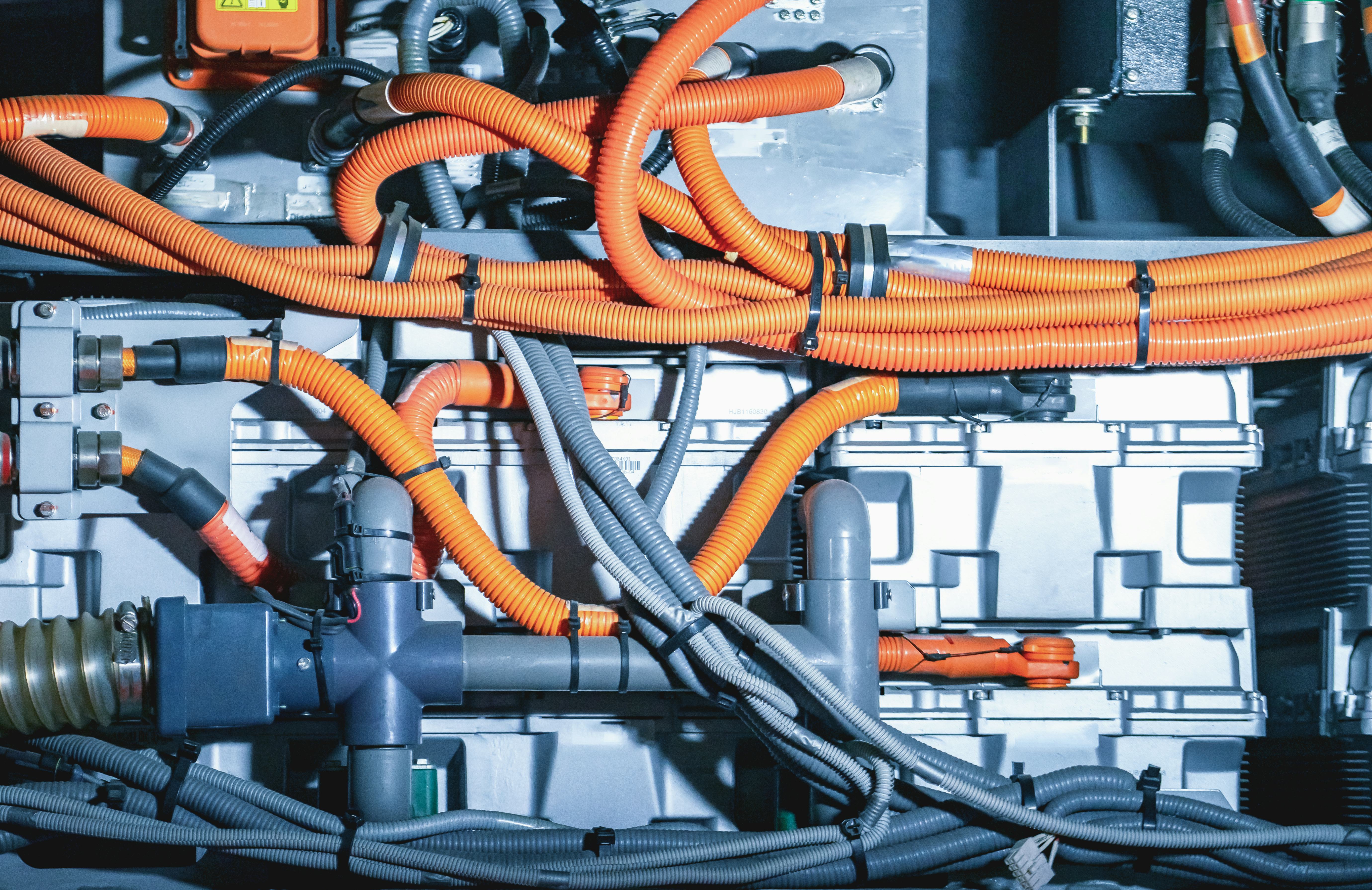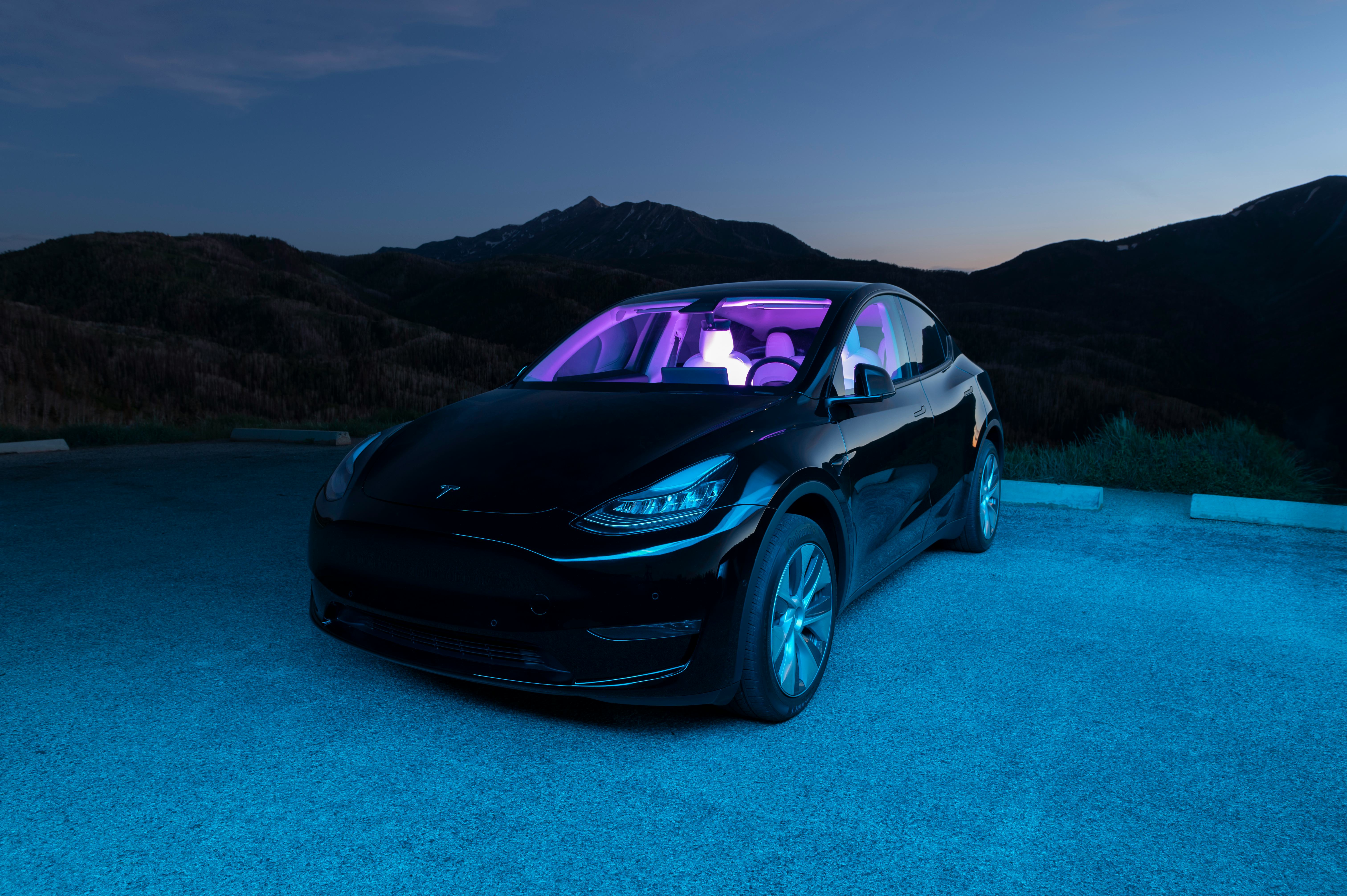
A little water can do a lot of damage. It can cause cracks in a home’s foundation and potholes in the road — or bust up a battery in an electric car.
Earlier this fall, Tesla owner Mario Zelaya claimed the battery on his 2013 Tesla Model S suddenly died, rendering the entire vehicle useless. In his viral TikTok, the Canadian man blamed a manufacturing defect for allowing condensation from the car’s air conditioner to pool on top of the battery and corrode the unit.
The flaw ultimately destroyed the battery and required a complete replacement that would cost more than $20,000. Zelaya says he wanted to sell what remains of the Tesla, but with the battery dead, he couldn’t access the car to get his ownership documents.
In coming years, other EV owners may face the same rare but frustrating fate: As the first mass-market electric cars like the Nissan Leaf or Tesla Model S are hitting double digits in age, we’re entering a brave new world.
EV owners could face big questions about what to do when the car’s expensive batteries either die or can’t propel it nearly as far on a charge as they used to.
This raises the question: Are EVs the next example of planned obsolescence — cars intentionally unrepairable and meant to be cast aside like an old smartphone that was designed to die? Or will we find ways to keep EVs running for multiple decades like the cars of yesteryears?
Tech companies take on cars

“Cars are getting older,” says Hanjiro Ambrose, a vehicle electrification expert and researcher at the National Center for Sustainable Transportation at the University of California, Davis. Every year, the average age of vehicles on the road continues to go up because people are keeping their cars for longer.
There are a variety of reasons for this, including the increased durability of older cars and, most importantly, the fast-rising cost of new wheels. The average life of an ordinary passenger vehicle in the United States was about 12 years and 155,000 miles as of 2020, Ambrose says. (This stat accounted for the many cars whose lives are cut short due to accidents.)
By comparison, it isn’t clear how EVs will age. But Pete Gruber knows as much about it as anyone, and his experience repairing old batteries reveals what may be in the cards for drivers of older EVs.
His auto shop, Gruber Motors of Phoenix, Arizona, got its start fixing batteries on Tesla Roadsters, the company’s original, boutique convertible that hit the market in 2008. Meanwhile, the more consumer-oriented Tesla Model S went on sale in 2012.
Now that the earliest editions have reached a decade of driving time, Gruber has encountered a waiting list of people hoping he can fix their aging Tesla battery woes.
“They haven’t had decades of experience building cars to nail down procedures.”
Some of those drivers have the same problem as Zelaya, since their cars carried the same design flaw that caused water to pool on top of the battery back.
Tesla fixed this issue in cars built after 2014 or so — though that is cold comfort to the Tesla early adopters who may find their vehicle needs a $20,000 battery replacement to remain drivable (and whose warranty is no longer valid).
But the problem points to a bigger obstacle for the emerging EV revolution: So many of the most popular cars are built by startup companies like Tesla and now Rivian and Lucid, Gruber says. And these are tech companies first and foremost, not strictly carmakers.
“They have not matured their production processes and their quality control processes,” Gruber says. “They haven’t had decades of experience building cars to nail down procedures. So we’re going to see an elevated case of problems with these vehicles, despite the fact that they have a fraction of the moving parts that an internal combustion engine has.”
Decline is inevitable

That said, catastrophic battery failure like what Zelaya experienced is a rarity. Less than 1 percent of lithium batteries are likely to experience a total failure due to contamination or manufacturing defects, as Ambrose noted in The Equation.
And not every battery problem requires a wholesale replacement. In some cases, Gruber has figured out how to repair a troublesome cell within a battery before the entire unit fails, a procedure that costs more like $5,000 compared to a jaw-dropping $20,000.
Typically, EV drivers are likely to experience more mundane problems with their older vehicles, like a battery’s shrinking range.
But Ambrose has a few tips to extend a car’s battery life, such as limiting DC fast-charging, avoiding extreme temperatures, and keeping the battery charge generally between 25 and 75 percent.
Decline is inevitable, though. Just as a phone’s battery runs down faster as it gets older, an EV’s battery will see its driving range drop over the years.
“Batteries are highly likely to outlast vehicles.”
For a car with a small battery pack like the original Nissan Leaf, that’s a major problem — its original range of 82 miles could decrease to the point that even trips of moderate length could bring on major range anxiety.
Today, though, most EVs on sale offer ranges that exceed 200 miles on a charge. Even if their batteries degrade severely — by, say, 20 percent or more over the course of a decade — they would still have more than enough for the local driving that composes the majority of American car travel. (The average person in the United States travels less than 40 miles per day,)
When faced with diminished range in older rides, drivers have a choice. They could keep driving and accept its lower range, perhaps using the vehicle as a city car and keeping another ride for longer trips.
Drivers could also sell their older vehicle to someone who doesn’t need especially long range. Given this range of options, Ambrose doesn’t see EVs as “disposable” in the long run.
“I believe, based on all the evidence that I have seen, that batteries are highly likely to outlast vehicles,” Ambrose says. “There’s no reason to think batteries are gonna be a reason you retire modern EVs.”
The good (and bad) news

An electric car is more than a battery on wheels, though. How long EVs will endure also depends on the durability of their other parts — and that’s good news for their owners.
When you tally up all the pistons, gaskets, and gears needed to run a car with an internal combustion engine, gas-powered cars include more than 2,000 moving parts, Gruber says. Drivers pondering a major repair to their old car must consider whether something else is going to break tomorrow, next week, or next year.
An EV, by contrast, has more like 18 or 20 moving parts, Gruber says. This means far fewer components that can fail in the long term.
“Absolutely, there are far fewer parts to wear out,” he says. “You don’t have a transmission that will wear out. You don’t have exhaust that will eventually rust through and deteriorate. You don’t have bearings and bushings and rings and pistons to worry about, fuel systems that clog up, or starter alternator motors that will eventually go bad.”
“Eventually, they’re going to get it right.”
Still, the picture isn’t all rosy. Some of those parts, such as capacitors, are rated to last only so many years (depending on the amount of miles traveled).
Gruber expects the carmakers to address those issues. They will likely make their components more robust and eliminate the design flaws that plagued their earliest vehicles. “Eventually, they’re going to get it right,” he says. “They’re going to solve their problems; they’re gonna become real car companies.”
Going forward, the major challenge may be the dearth of mechanics who can work on electric vehicles, he says. Right now, vocational and technical schools are still cranking out mechanics trained to work on internal combustion cars.
Those who do have the electrical expertise and mechanical curiosity to learn EV maintenance are snapped up by carmakers who desperately need them to staff their service centers. That doesn’t leave too many people to open the kind of independent shops like Gruber’s that will be needed to repair old electric vehicles.
In the future, the solution may lie inside the car. Gruber expects future EVs to use embedded artificial intelligence to diagnose their own mechanical problems.
They may even auto-schedule a service appointment and communicate with the service center to make sure it has the necessary part in hand. (If cars ever reach full self-driving status, he says, it’s not out of the question they could drive themselves to their own checkups — perhaps signaling the death of dreaded loaner cars.)
The automated future is a far cry from the DIY past, when amateur garage mechanics learned the ins and outs of their beloved rides and memorized the tedious maintenance tasks needed to keep a vehicle running for decades.
But the tradeoff may be worth it, Ambrose notes. “I think that these EVs might be on the road just as long (if not longer) than other modern vehicles, especially with the kind of modern EV that we’re seeing.”







